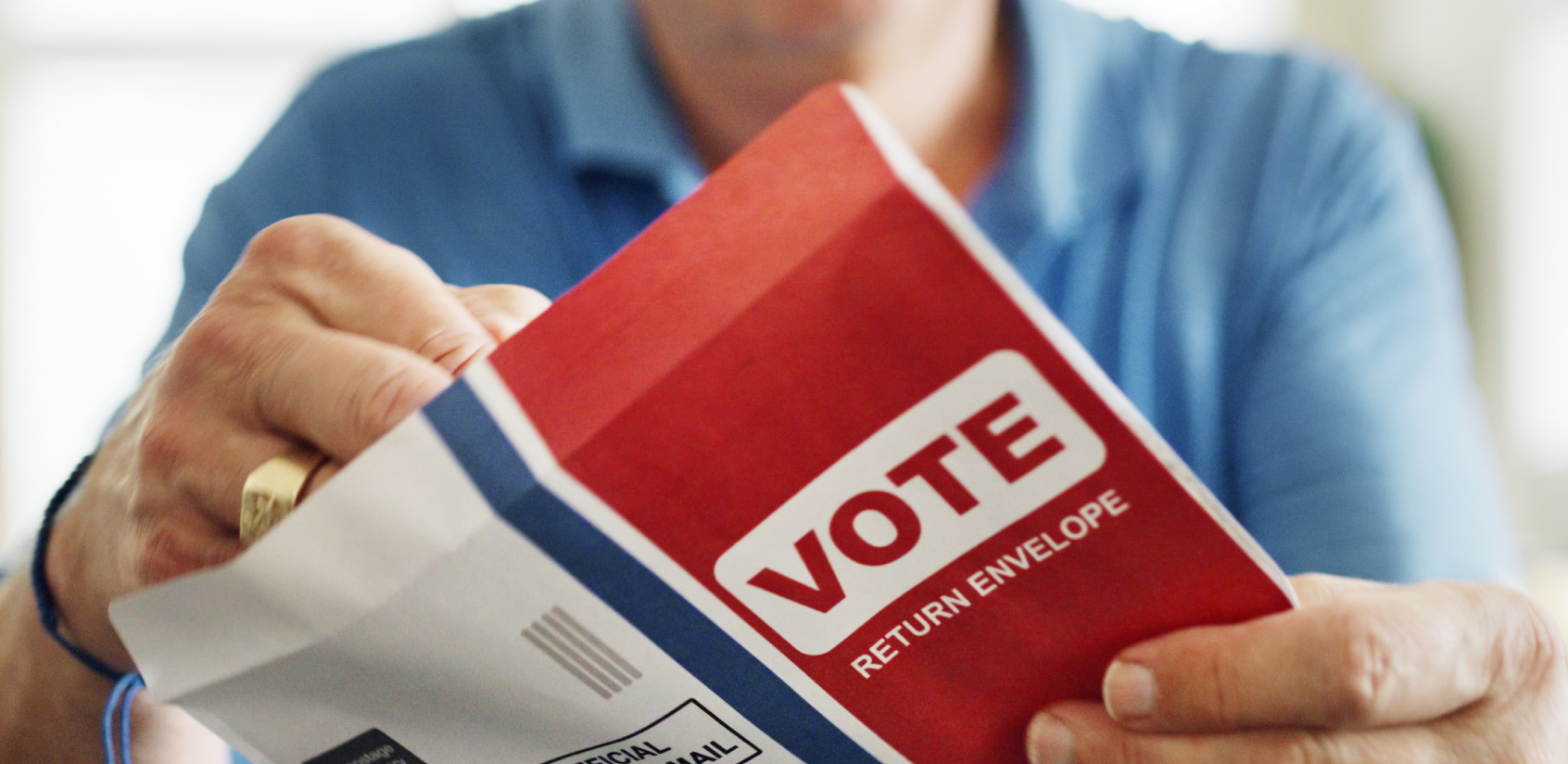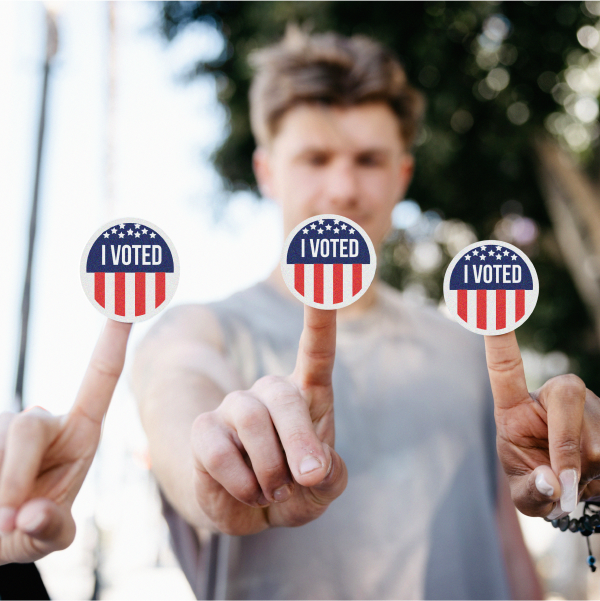June 30, 2025

Mail’s value across the 2024 election cycle
Learn from voters and consultants on why timing and frequency matter when it comes to campaign success.
Knowledge is power.
We surveyed voters and political consultants to learn about what mail tactics worked/what didn’t in 2024—to give you insights that can help you maximize the success of your 2025-2026 campaigns and beyond.
Mail was a key element of campaign strategies this past election cycle. In 2024, 86% of surveyed consultants found campaign direct mail strategically important to their campaigns.1
It helped sway voter opinion as well. In fact, more than half (51%) of surveyed voters found the political mail they received in the last election cycle impacted their opinion of a candidate, at least to some degree.2
What we learned from the research—timing and frequency matter. Mail’s ability to influence political decisions is powerful when it reaches voters at the right time and at the right frequency. While mail’s reach has grown,2 when it was sent and received in 2024 may have impacted its effectiveness.
Here are some of the insights and takeaways that you can leverage to increase the impact of your mail campaigns:
Why timing is everything.
Voter insight:
2024 post-election research revealed that surveyed voters expressed interest in receiving mail a month or more ahead of Election Day. Their interest in receiving mail wanes drastically in the last week or day ahead of Election Day.2
Consultant insight:
Consultants are being more strategic with the timing of their mail drops and advise sending mail earlier on. To reach voters at the right time, surveyed consultants found that sending direct mail 3-4 weeks before an election was most effective and sending mail 2-3 months before was the second most effective time frame.1
Fact: 76% of surveyed consultants say direct mail is the most effective channel for reaching early voters.1
Takeaway:
Earlier is better.
Both voters and consultants agree that campaign direct mail can be more effective when it’s delivered with enough time to help voters make an informed decision. It’s recommended to send mail well before voting deadlines to maximize the time voters need to be persuaded.
Frequency and volume also matter.
In addition to delivering mail at the right time, the frequency at which it was delivered is an important factor to a successful mail strategy.
Voter insight:
Surveyed voters said they found receiving mail once a week in 2024 “just right.”2 When voters receive too much mail, beyond a few times a week, it can become overwhelming, making it more likely for them to throw it away.3
Fact: 8 out of 10 surveyed voters acknowledged receiving direct mail, with most checking their mailbox at least six times a week.2
Consultant insight:
In contrast to voter preferences, consultants advised sending direct mail at least twice a week to remain optimal.1
Takeaway:
Be strategic with your mail drop.
To be effective, direct mail should be delivered at a consistent, yet balanced frequency and volume that can keep voters informed without feeling overwhelmed. Typically, this is once or twice a week and at least 1-3 months before voting deadlines.
Bottom line.
2024 post-election research has a lot to teach us about how to maximize and optimize campaign efforts moving forward. Applying these learnings and tactics around timing and frequency can empower your mail campaigns to connect on a deeper level, sway opinion, and help deliver the win.


